阿格尼丝-马丁(1912-2004)
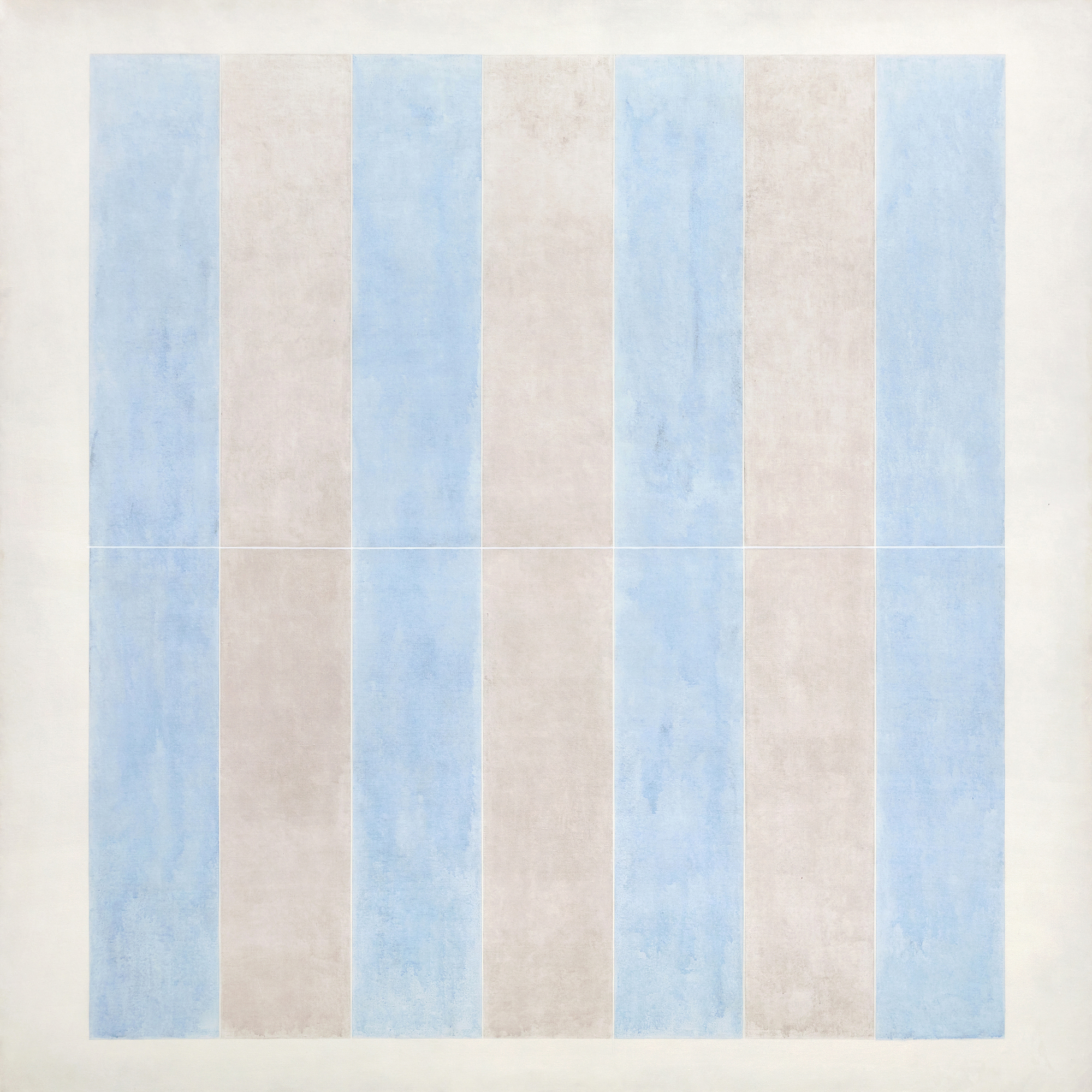

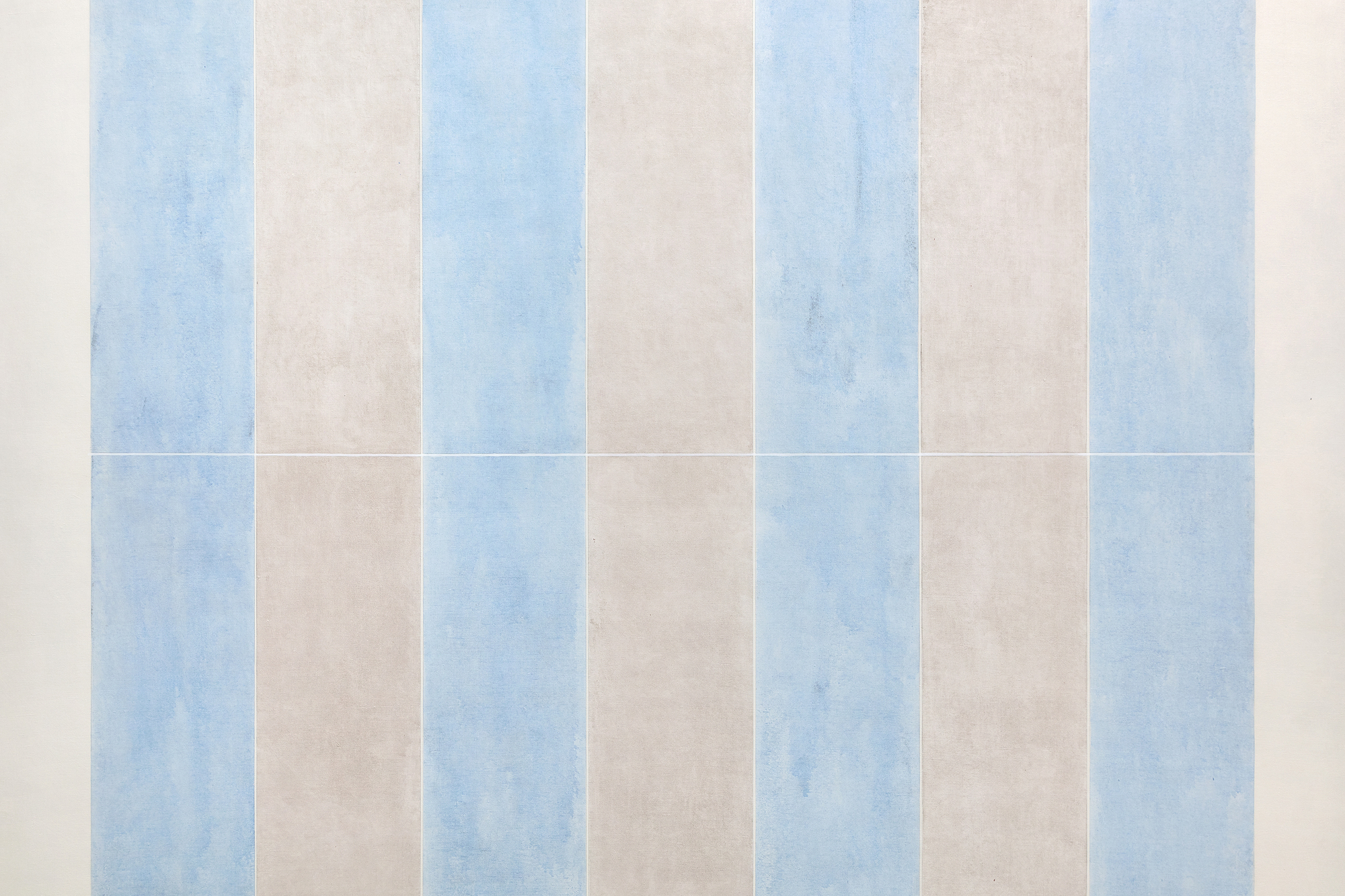
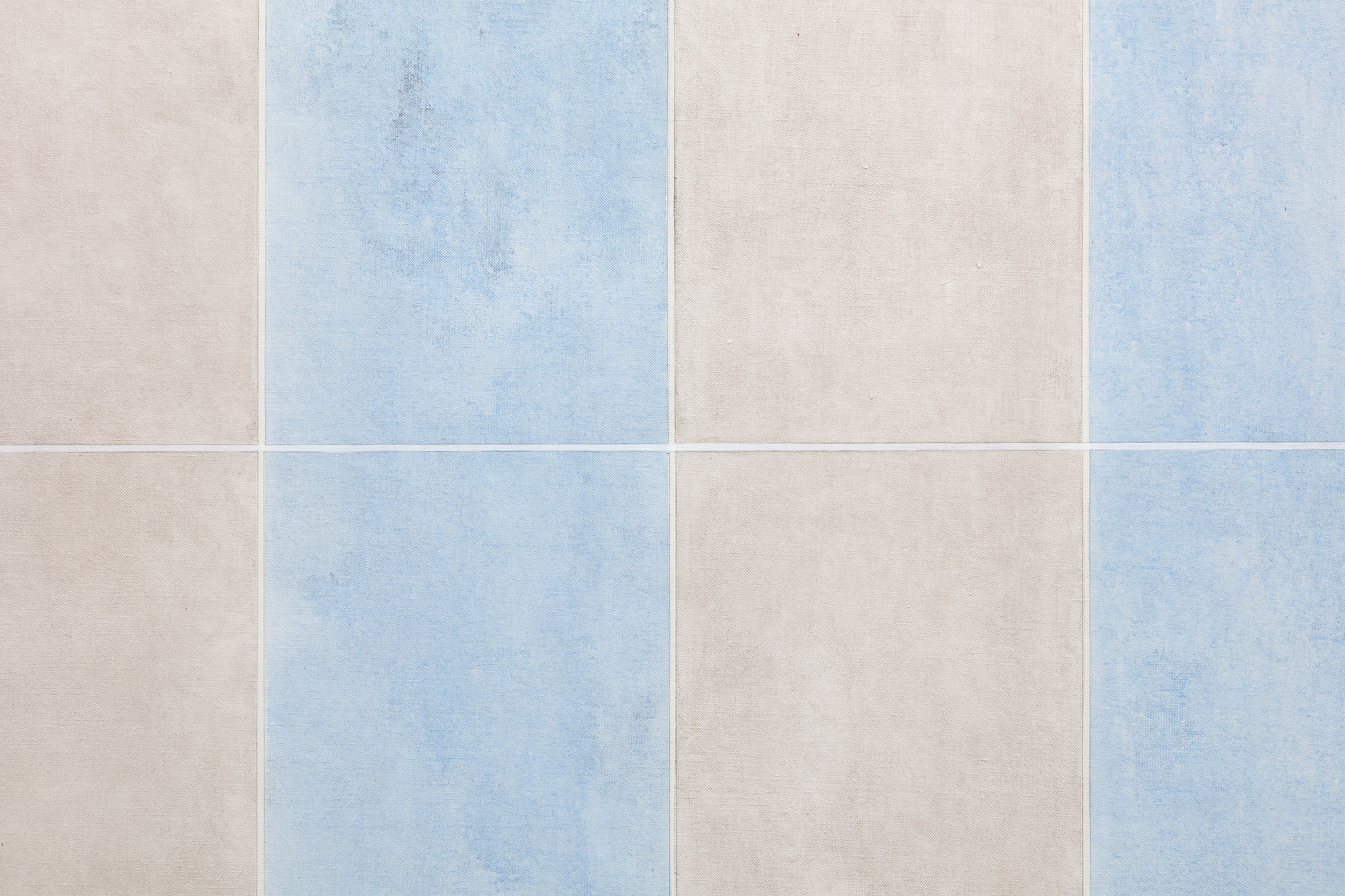
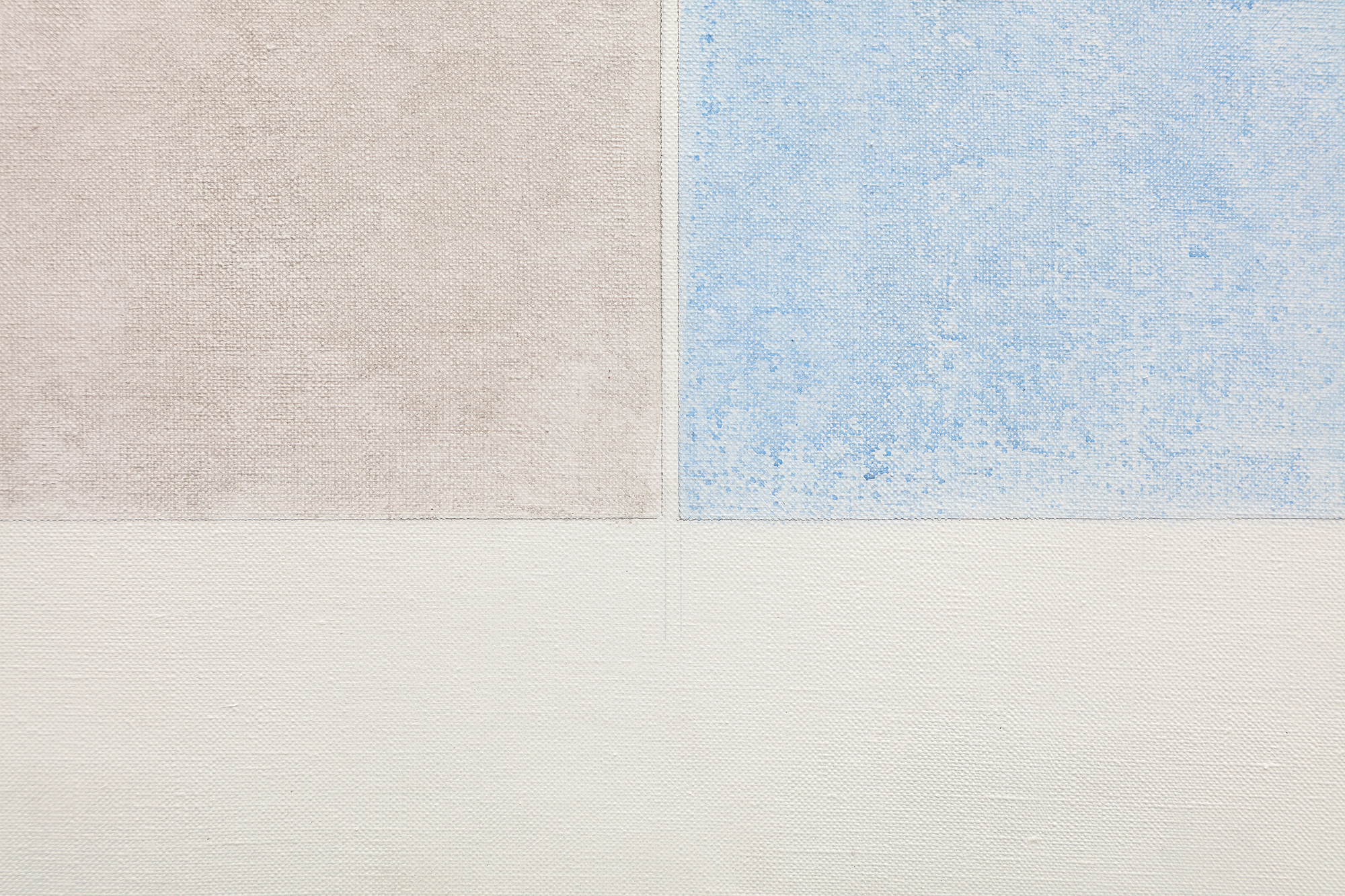
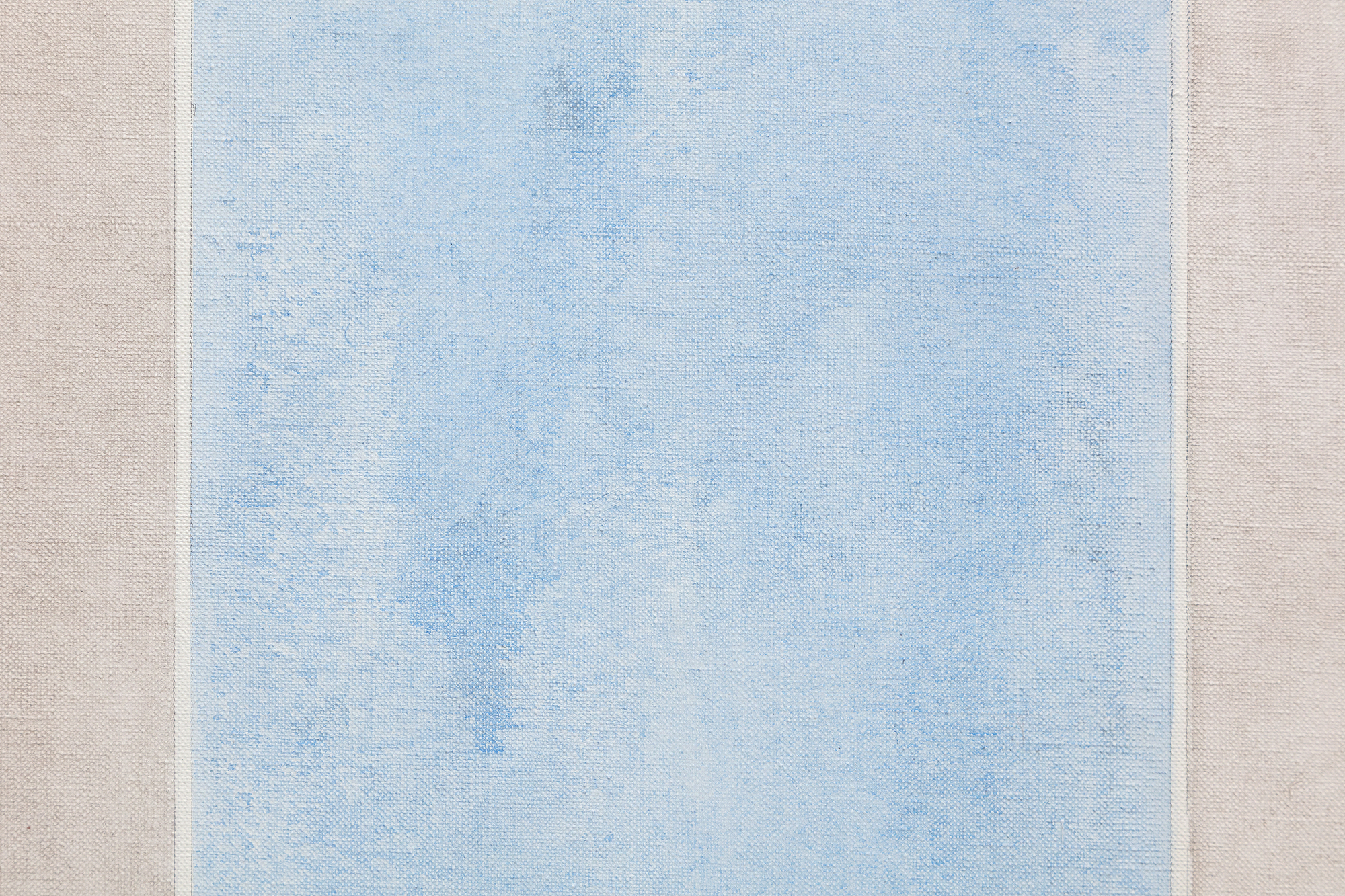
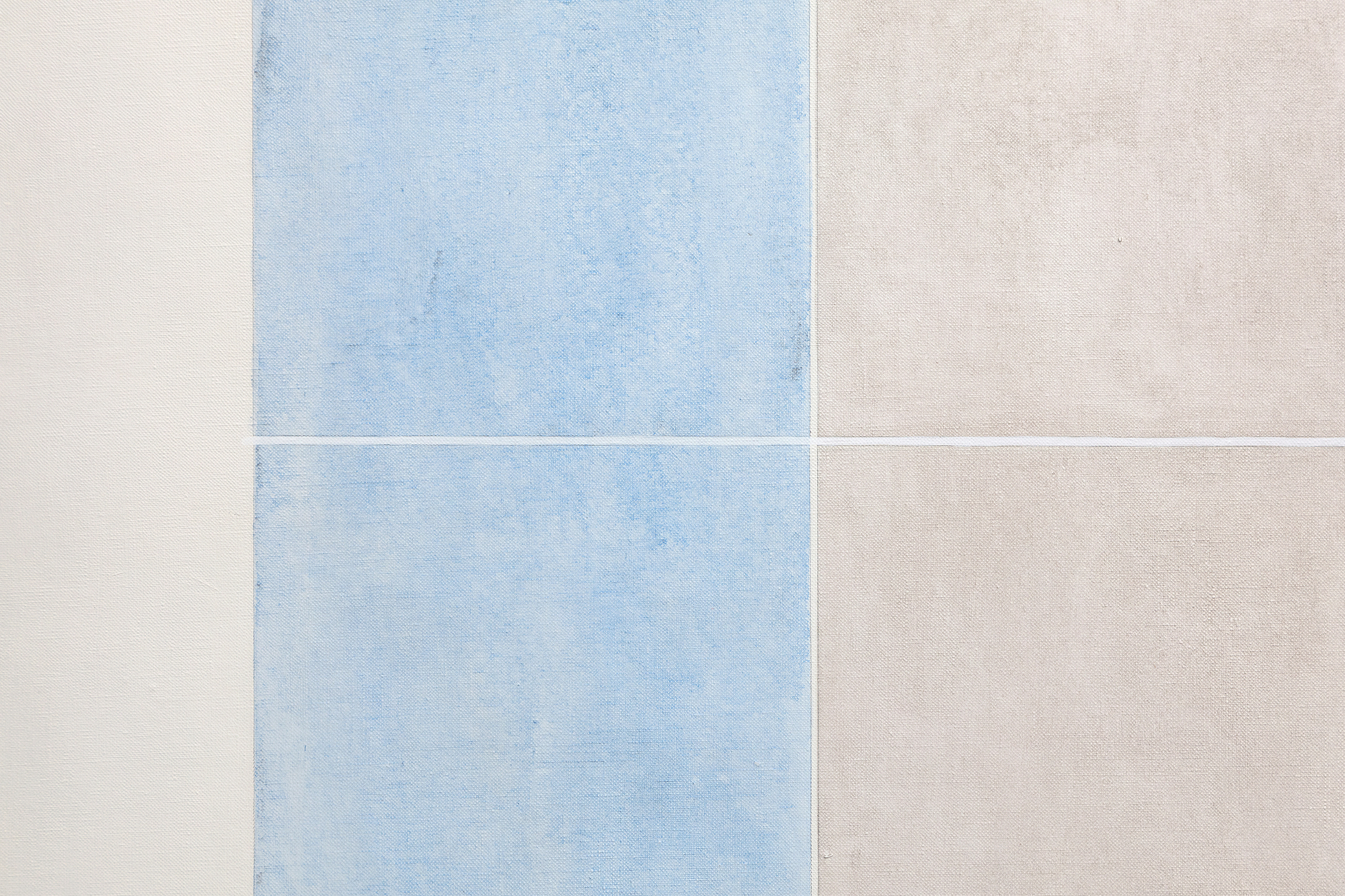
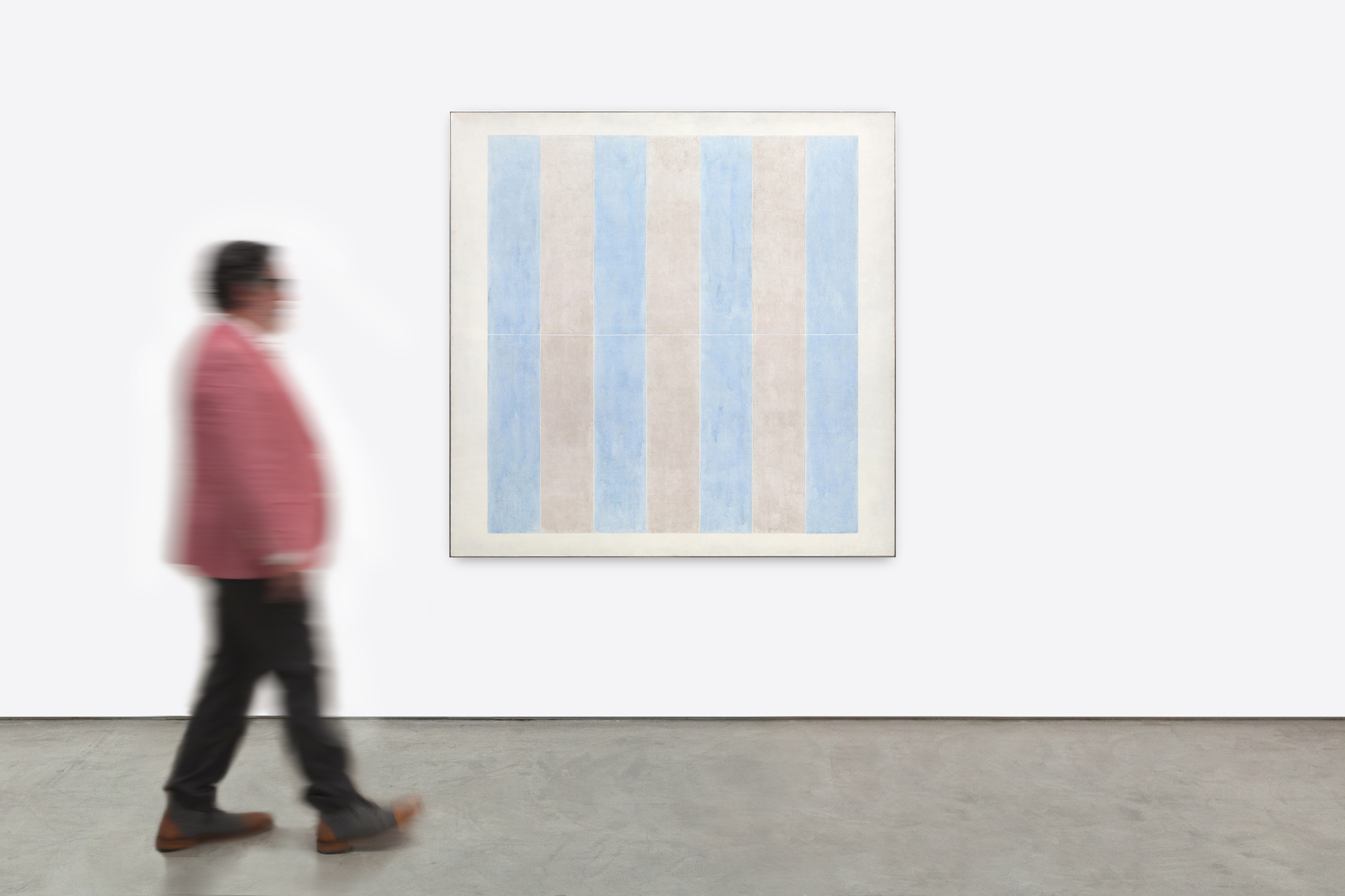
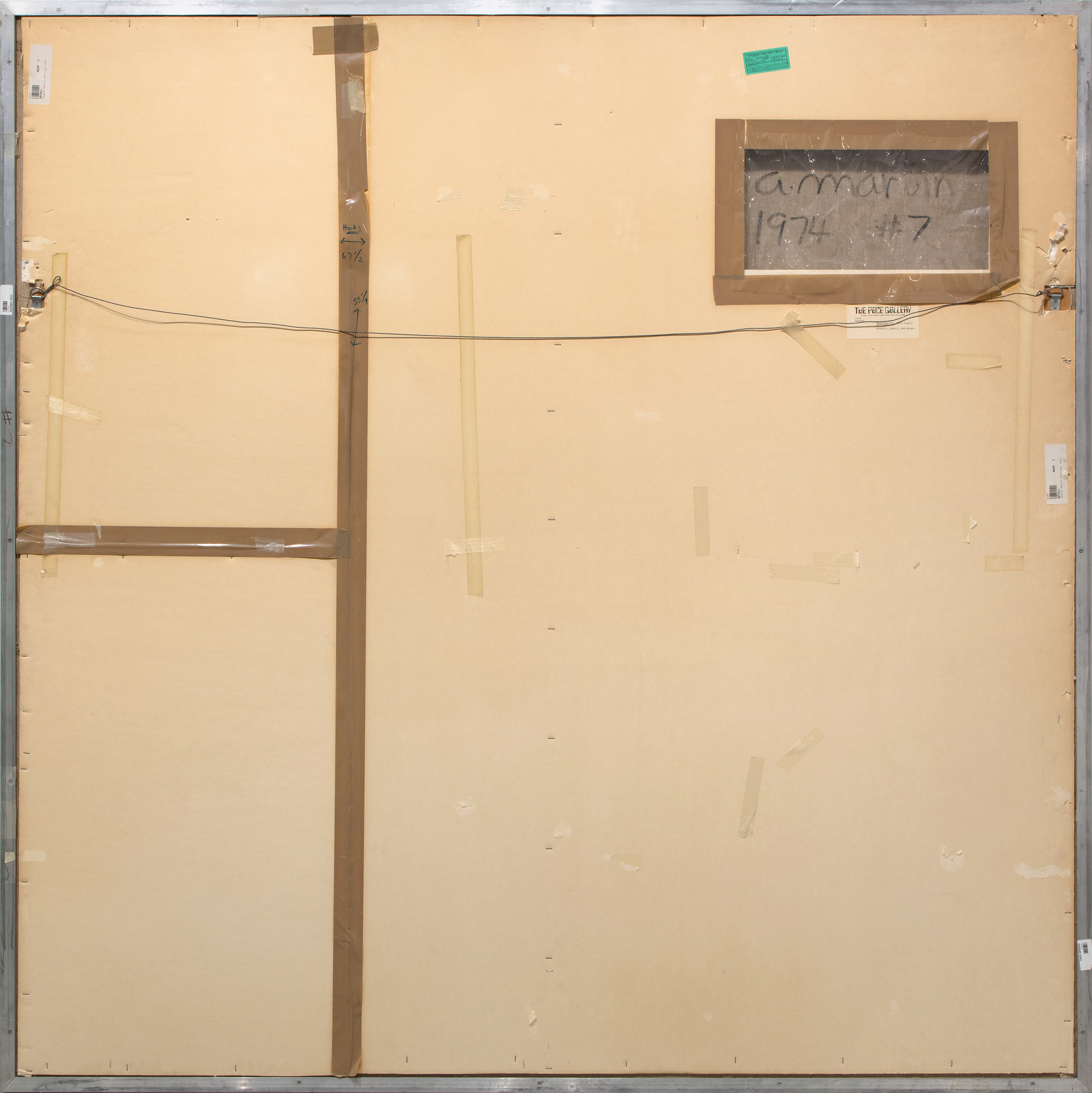
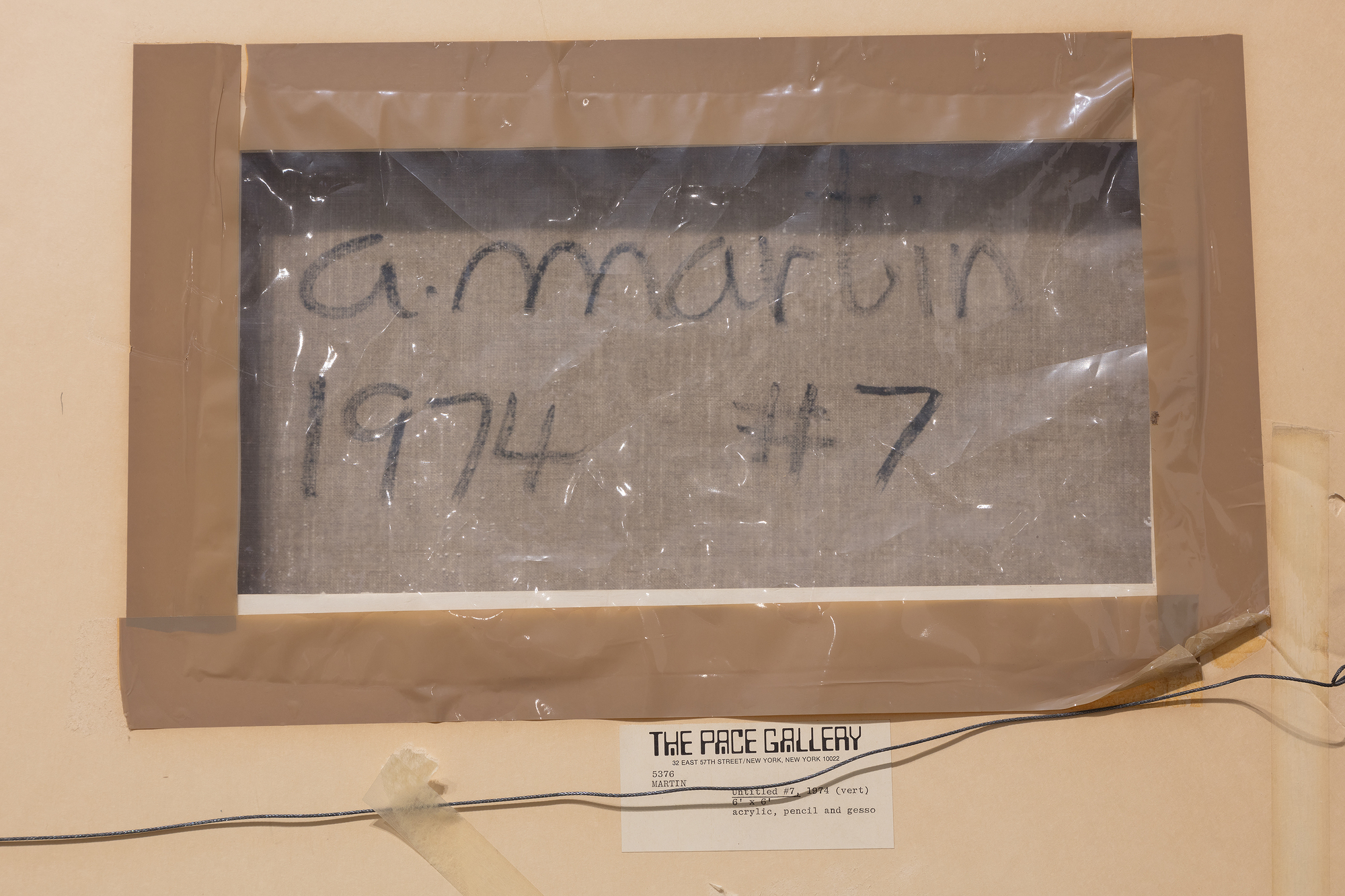
种源
纽约佩斯画廊海伦-W-本杰明,纽约
纽约苏富比拍卖行,1996 年 5 月 8 日,拍号 50
美国私人收藏
王牌画廊,洛杉矶
私人收藏,1998 年 5 月购自上述作品
展会信息
纽约,佩斯画廊,艾格尼丝-马丁:新绘画,1975 年文学
Beeren, W.A.L., Bloem, M. (1991), Agnes Martin:Paintings and Drawings 1974-1990, Stedelijk Museum.Bell, T., Agnes Martin Catalogue Raisonné :绘画 [在线],Cahier's d'Art Institute
Gruen, J.(1976 年 9 月),"...更。。。艾格尼丝-马丁:'一切,一切都与感觉有关......感觉与认知'"。Artnews》,第 91 页,彩色插图
Gula,K.(1975 年 5-6 月),"展览回顾:阿格尼丝-马丁在佩斯",《美国艺术》第 63 期,第 85 页,彩色插图
...少。。。
"第 7 号"(1974 年)是她职业生涯第二个重要阶段最早的画作之一。这幅作品旨在强调一种戏剧性的重新定位,强调色彩,而不是她 1967 年之前作品中的线条或表格网格,通过对淡淡的荧光色带的远距离观察,可以对色彩区域之间微妙而璀璨的变化进行广阔的欣赏。新墨西哥沙漠中蕴含的众多自然现象和元素可能激发了这些新颖而广阔的想法。新墨西哥沙漠中蕴含的众多自然现象和元素可能启发了这些新颖而广阔的构思,如垂直的山丘、悬崖和峡谷,或穿过云层缝隙直射到沙漠地面的光线,都可能启发了这里的垂直取向。然而,"7 号"(1974 年)的震撼力却来自于她对佛教和道教理想的虔诚,即从内在而非外在的参照物中寻求美。马丁要求观者将她重复的淡色轴或带视为一种咒语,就像视觉体验一样。她挑战我们的想象力,鼓励想象力自由驰骋,并将这件作品视为沉思的对象,她深知自己的画作需要一定程度的投入。似乎是为了告诫那些没有耐心吸收画作中蕴含的超凡脱俗的神秘光芒的人,也似乎是为了告诫那些没有耐心吸收画作中蕴含的超凡脱俗的神秘光芒的人,也似乎是为了告诫那些没有耐心吸收画作中蕴含的超凡脱俗的神秘光芒的人,也似乎是为了告诫那些没有耐心吸收画作中蕴含的超凡脱俗的神秘光芒的人,也似乎是为了告诫那些没有耐心吸收画作中蕴含的超凡脱俗的神秘光芒的人。


